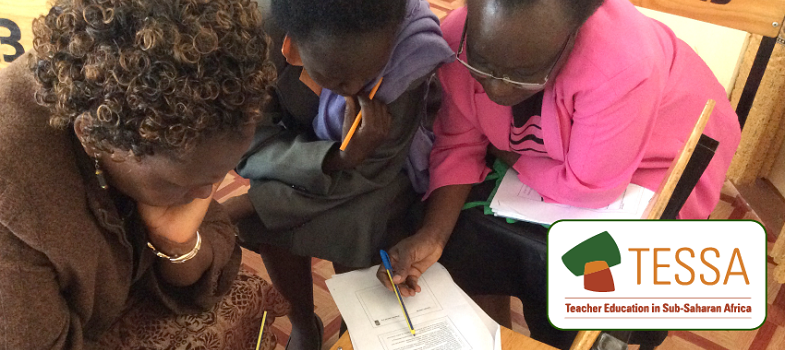2. Observing plants
An important part of thinking scientifically is looking for patterns and organising observations. You and your pupils have been looking at simple plants, which reproduce without flowers, pollen or seeds. But most plants today, from the tiniest grass plants (grass has very inconspicuous flowers) to the tallest of woody trees, have flowers that make pollen and produce seeds carried in a closed ovary. (See Resource 2: Reproduction in flowering plants for more information.)
In Activity 2 you work with pupils to find out the common features of flowering plants and try to solve a problem – how does each plant pollinate? In this type of activity your pupils will be involved in speculating, sharing and reforming their ideas. It is important that you and other pupils listen carefully to everyone’s ideas and do not dismiss what anyone says. The discussion should challenge the ideas, not the person – otherwise pupils will not be happy to do this kind of activity.
Following the activity, you might want to start a checklist of local flowering plants. You could use scrapbooks to keep the information for future reference, as well as drawings and pressed dried specimens. Other pupils in the school and parents may enjoy looking at these scrapbooks and adding their own comments.
Case Study 2 shows how one teacher encouraged her pupils to think about our dependence on plants and to find out about the different plants being used in the local area.
Case Study 2: Plants used as barriers
Mrs Ollenu set her class an activity for the holidays. She asked them to report back on the number of examples they could find of plants (alive or dead) being used to form a protective barrier in some way. A barrier keeps things in or out of a place. She told them they could also interview older people to discover what happened in the past, or find photographs in old magazines or newspapers.
The next term, pupils reported back on what they had found out. Mrs Ollenu was delighted with their findings and the class were very surprised at the number of different examples. They didn’t just have examples of hedges and wooden fences; they also had windbreaks, creepers grown over structures to provide shade, cane screens and cotton cloth curtains. Mrs Ollenu gathered their ideas on a large poster on the classroom wall. Some pupils had brought in drawings, so this was a very colourful and informative display.
She used this display as the starting point for a class debate on the advantages and disadvantages of plants as barriers.
Activity 2: Structure of flowers
- Organise your class into pairs, or into groups of four if you have a large class. Ask each pair or group to find a flower that grows in your local area.
- Now ask each pair to find out everything they can about the structure and function of their chosen flower. (See Resource 2 for more information on flower reproduction.)
- Use the following instructions and questions as a guide with your pupils:
- Draw the structure of the flower.
- Label the parts of the flower. (To help them do this, you could put up a large drawing of a flower with the labels you want them to use on the chalkboard.)
- Describe the function of each part.
- How is the plant pollinated: Do insects visit the plant? Does the pollen hang on stamens outside the flower? Is it in a windy place?
When each pair or group is ready, they could give an oral presentation to the class covering the points above.
1. Encouraging pupil questions



